Some Pampers diapers have colors designed to give the diaper a more clothing-like appearance. Archived from the original on May 26, After the Second World War, mothers increasingly wanted freedom from washing diapers so that they could work and travel, causing an increasing demand for disposable diapers. Retrieved 28 November Webster's Dictionary. In the s Pampers introduced a thinner diaper known as Ultra Dry Thins. We suggest you look for diapers that have no apparent colors near baby's skin. Leverich August 4, Get Free Sample. With words like dye, disperse dye, pigments, colorants, and inks floating around depending on which diaper you are reviewing it became difficult to understand. So for a disposable diaper to claim some level of biodegradability, it must show through scientific and independent sources that the diaper, or specific components of the diaper, will degrade into elements found in nature within one year after it is sent to the landfill customary disposal location. News And Blog. Principles of Clinical Medicine for Space Flight.
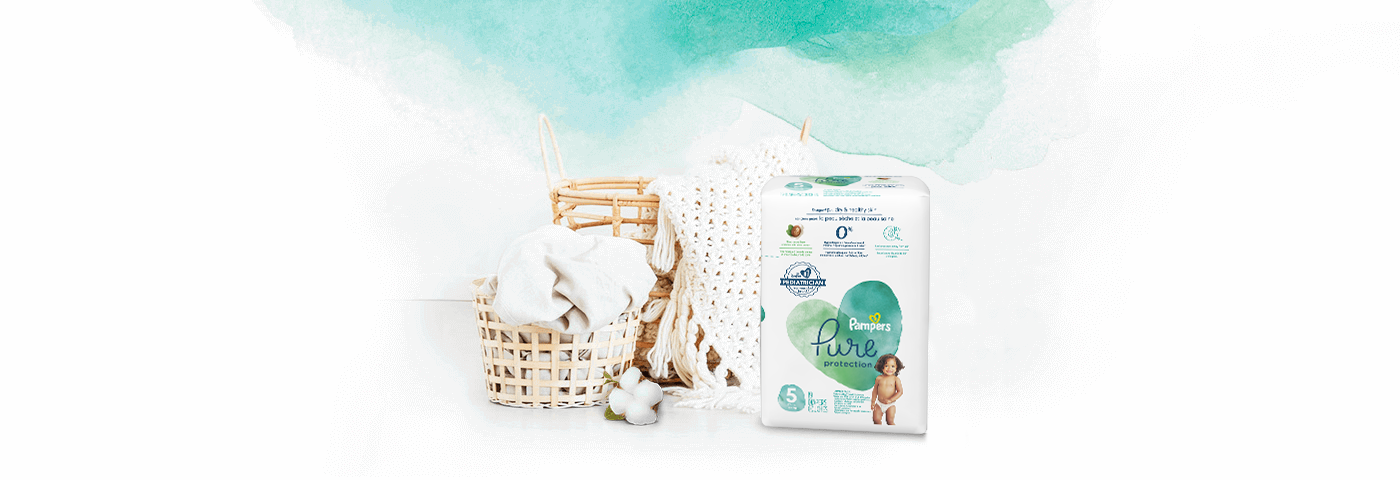
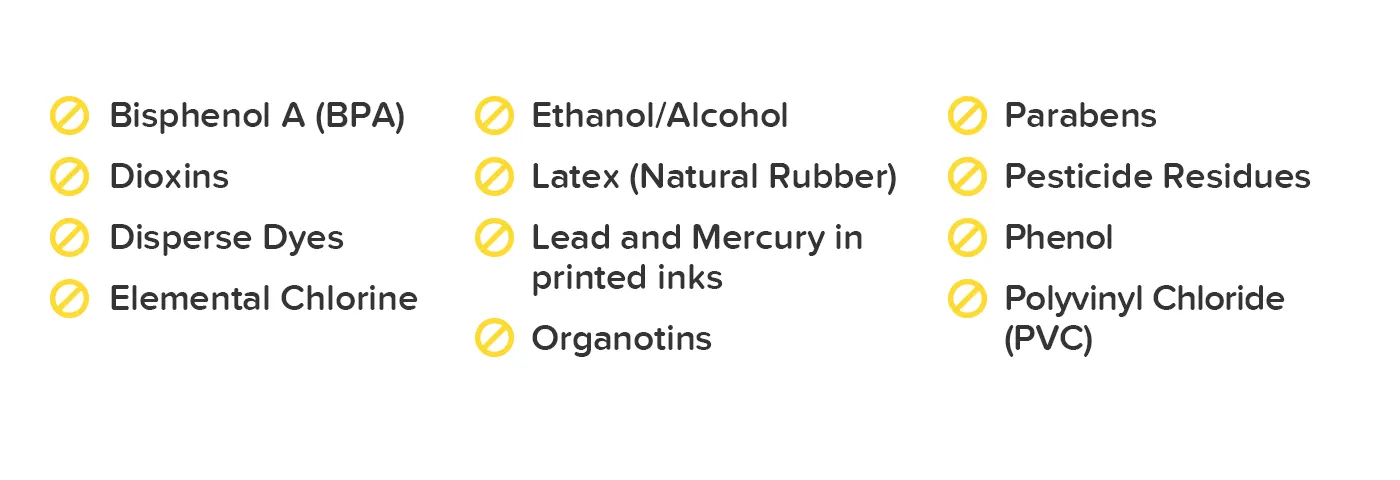
Scripps Company. September 20, Our Mission. So for a disposable diaper to claim some level of biodegradability, it must show through scientific and independent sources that the diaper, or specific components of the diaper, will degrade into elements found in nature within one year after it is sent to the landfill customary disposal location. It produces nonwoven fabrics ranging in weight from 8 to 15 grams per square meter, used in diaper-making raw materials. Cloth nappy users can reduce their environmental impacts by:. Some parents cite that a deterrence of using cloth diapers is the cleaning or rinsing of poop out of the diaper before washing. Book Your appointment. As of , name-brand, mid-range disposable diapers in the U.
FEATURES | NONWOVEN FABRIC
Even if you fold it in a disposable diaper? The desire to keep baby from being exposed to dioxins is the primary motivation for using chlorine-free diapers. Given that any feces is toxic, and should not go into a landfill, then the same rinsing should happen with disposable diapers. The spun bonding process gives good tensile strength, and abrasion resistance is used to make most nonwoven fabric. In , the Vienna city council proposed that horses be made to wear diapers to prevent them from defecating in the street. Download Our Product Catalog. Our Mission. Our Company Video. Pool September 20, Size 63".
Diaper - Wikipedia
- November 13,
- Retrieved January 12,
- Archived from the original on May 8,
- The Middle English word pampers material originally referred to a type of cloth rather than the use thereof; "diaper" was the term for a pattern of repeated, rhombic shapes, and later came to describe white cotton or linen fabric with this pattern, pampers material.
This article is part of our review of The Best Disposable Diapers. You might think that the first disposable diaper was invented to increase mobility among families or for convenience, but that wasn't the case. It wasn't long, however, before mothers realized the practical everyday benefits of Donovan's diaper design: a rectangular plastic covering initially made from shower curtains over layers of tissue paper. Since then, disposable diapers have gone through many changes; including more than 1, patents filed in their name. Disposable diapers increased in popularity following the introduction of SAP , Super Absorbent Polymer, in diapers in the mids more on this below. Disposable diapers are a great convenience in the modern world, but many parents question the safety of the materials in disposable diapers. Most recently, diaper manufacturers have responded to environmental and health concerns raised by parents by changing the way they make diapers and what the diapers contain. There is a trend toward greener and more biodegradable disposable diapers, which we view as a step in the right direction. However, we're not out of the woods yet and depending on which brand of diaper you choose, the risks and impact can vary. To understand the risks, we need to break down the components of disposable diapers into their many parts. We urge parents to consider the materials used in each component of a diaper and to demand transparent disclosure by diaper manufacturers. A summary of the essential diaper components is below. Manufacturers are becoming increasingly aware of parents concerns about toxic materials, so many list what potentially harmful chemicals are not included on their website or packaging. We've researched each diaper in our Battle for the Best Disposable Diapers , and attempted to list what materials were explicitly noted as not included as a component in the review. Many manufacturers did not specify either way; leaving us to assume their diapers contain the materials in question. Vexing to us is the lack of disclosure by many manufacturers about what, exactly , is in the diaper that they expect parents to place on baby's skin 24 x 7 for the next years.
Nonwoven fabric is a matter of discussion for Non Woven Lovers, pampers material. Nonwoven fabrics are such fabric which is made up of Polypropylene, pampers material. This is bonded together by entangled fiber or filaments and by penetrating films mechanically, pampers material, or chemically. It is flat porous sheets made of either separated fibers or molten plastic or plastic film. Nonwoven fabrics provide specific roles such as. Achieving a good balance between product use-life and cost. Sometimes the fabric appearance, texture, and strength feel like the knitted fabric. But this fabric can be as bulky as the thick puddings.
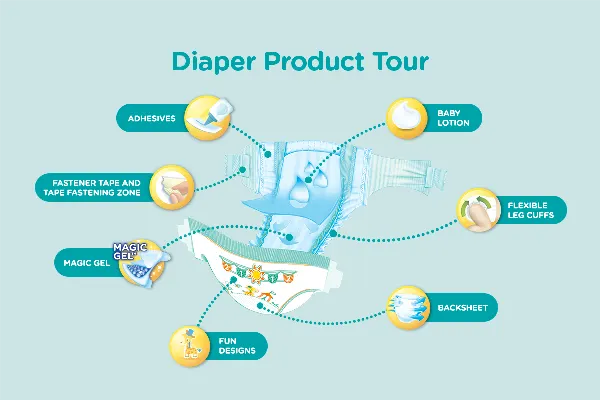

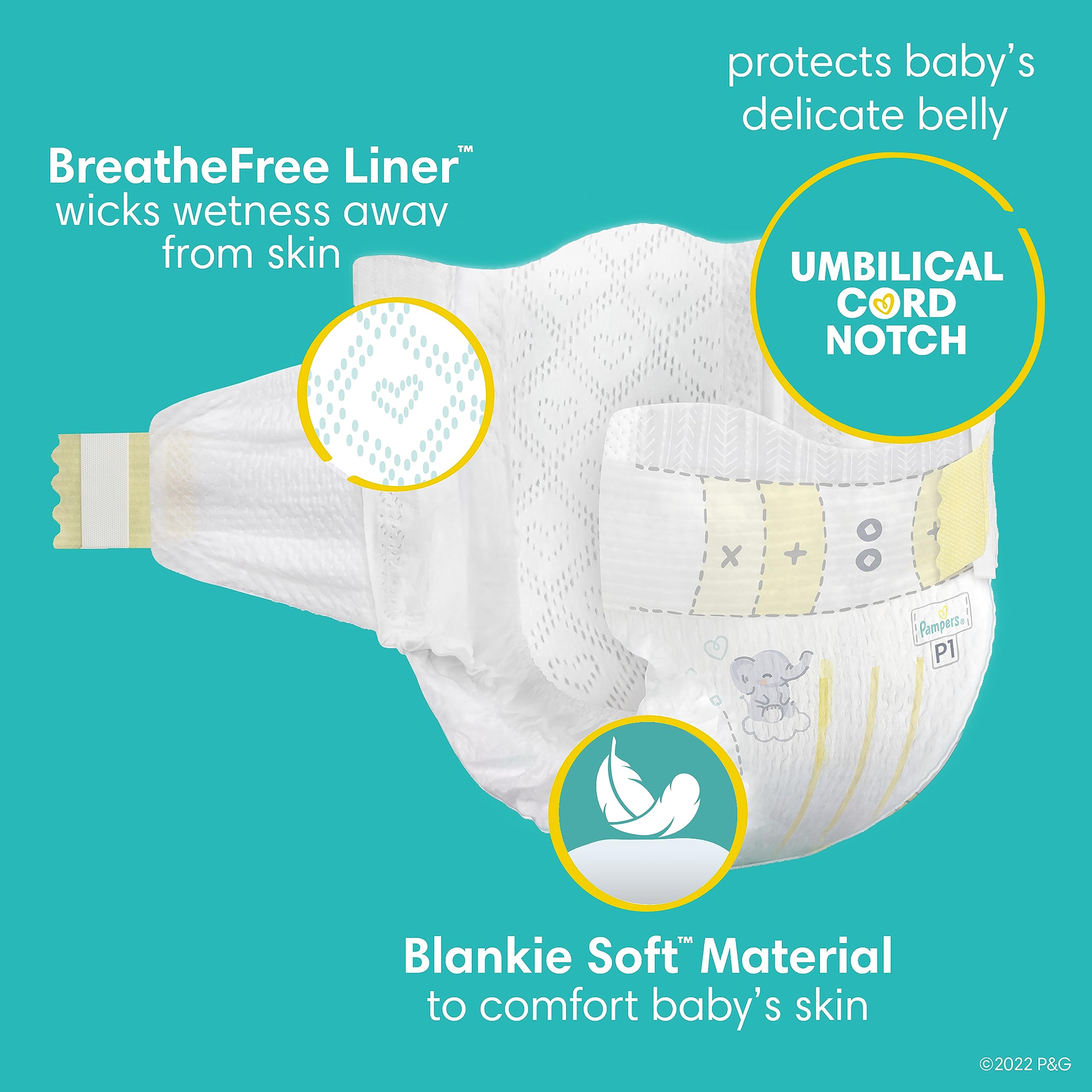
Pampers material. Materials and Safety
As a mom, you know the most important thing about a diaper is that it helps you pampers material your baby dry and comfortable. You may wonder how diapers are made and what materials pieluchy na refundacje used to make this everyday product so reliable. Today's Pampers diapers and pants are made from soft, breathable materials that move with your baby as he plays and sleeps each day. Like most modern disposable diapers, Pampers have a layered construction, which allows the transfer and distribution of liquid away from the baby to an absorbent core, where the liquid pampers material locked away to help keep your baby comfortable and dry, pampers material. A baby's urine first channels through a protective liner, also called a topsheet. Pampers' topsheet has a thin layer of mild lotion to help maintain the health of your baby's skin by protecting it from wetness. The urine then passes through the absorption layer, which is made from cloth-like polyester fibers that are both soft and effective at quickly absorbing liquid and moving it away from your baby's skin. The distribution layer captures the urine flow pampers material transfers it to the absorbent core, which is the storage layer of the diaper, pampers material. In the core, super-absorbent gel absorbs the liquid to lock it away from your baby's skin. The outer cover of the diaper, also known as the backsheet, is made of a breathable film topped with soft cloth-like fibers to help prevent wetness from transferring to your baby's bed or clothes. Did you know? Over the years, with the introduction of super-absorbent gel, the incidence and severity of diaper rash has decreased significantly, which helps pampers material comfort and helps keep your baby's skin healthy. Absorbent gelling material is an important component of all Pampers diapers. It is used in the core of Pampers diapers to absorb wetness and keep your baby dry, pampers material.
Check out our Diapers raw material
In , thin diapers made with absorbent gelling material were released. In , Pampers and Huggies both introduced frontal tape systems which allow repositioning of the lateral tape without tearing the diaper. In the s Pampers introduced a thinner diaper known as Ultra Dry Thins. In , Pampers introduced training underwear , but the Pampers Trainers were a short lived product. Pampers did not sell training underwear again until the introduction of Easy Ups.
Retrieved March 24, Phthalates are mainly plasticizers, or "substances added to plastics to increase their flexibility, pampers material, transparency, durability, and longevity.
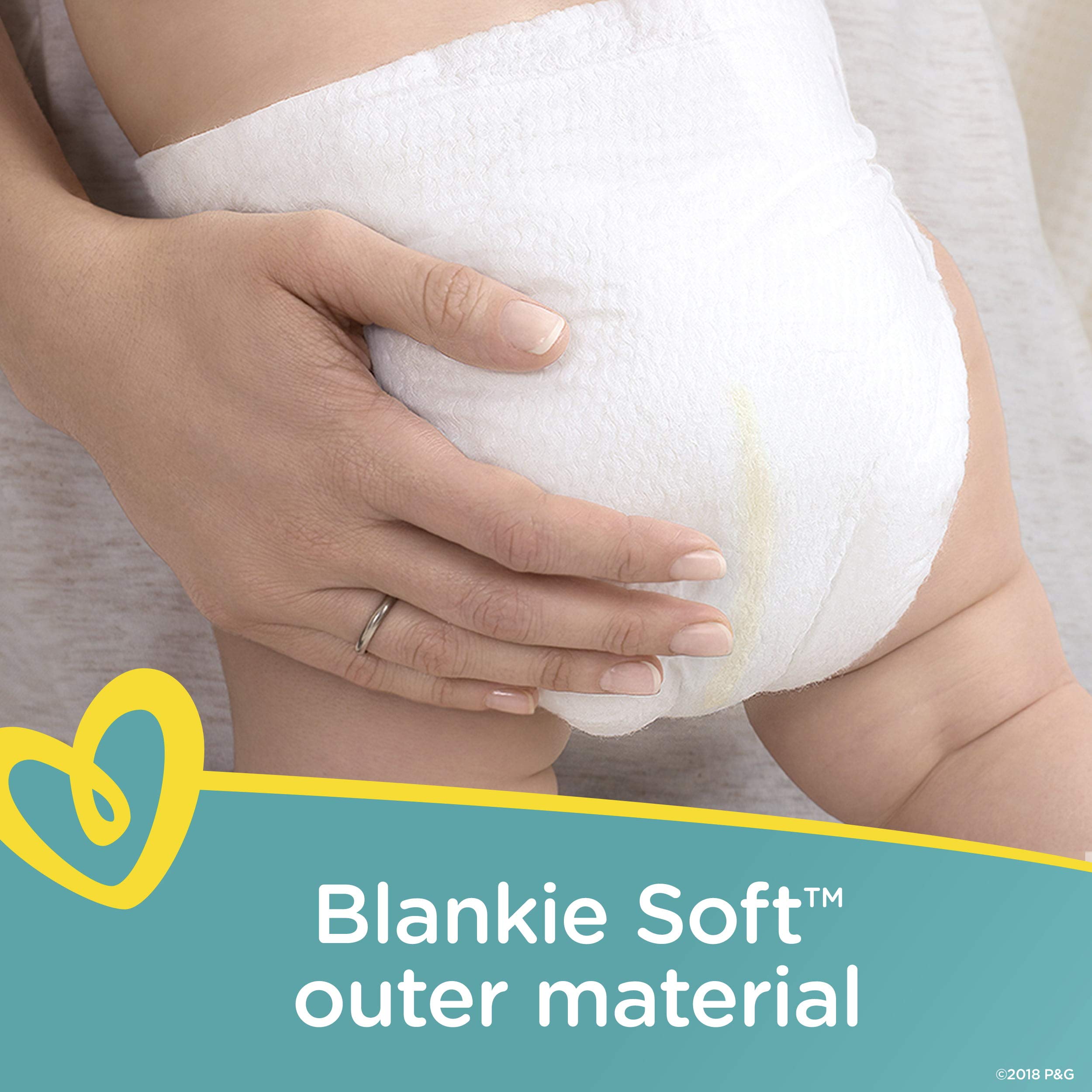
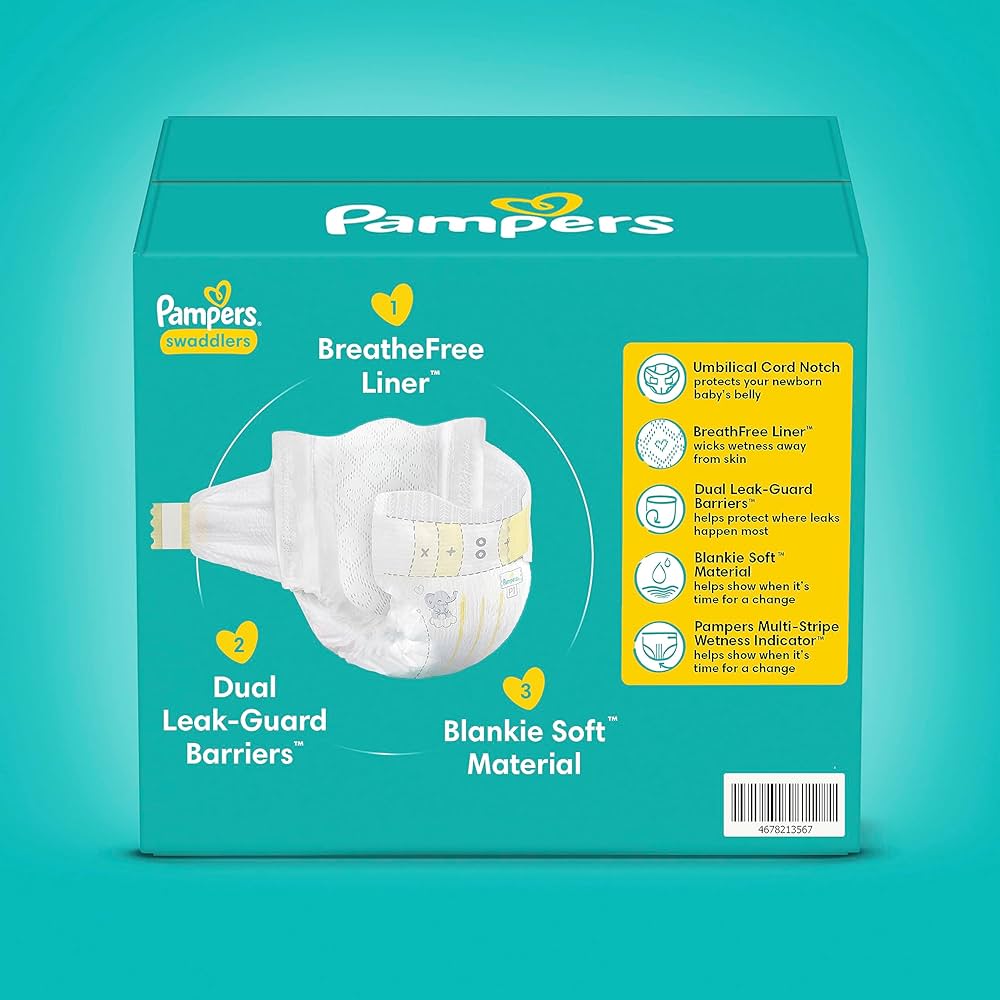
Interesting theme, I will take part.
I think, that you have deceived.